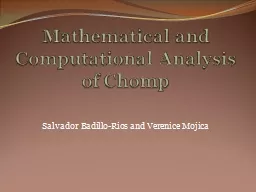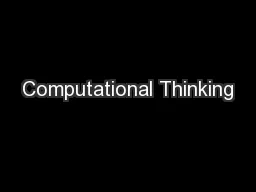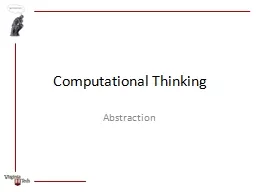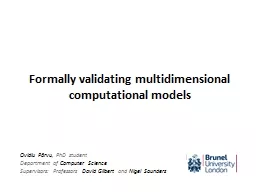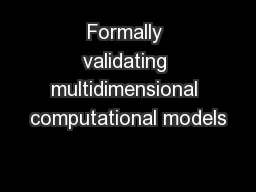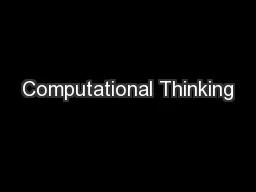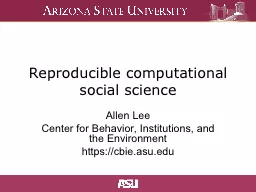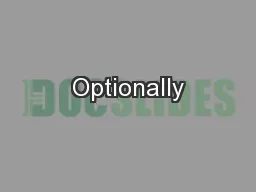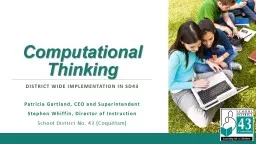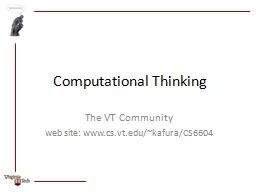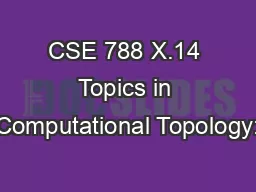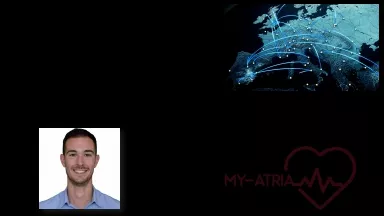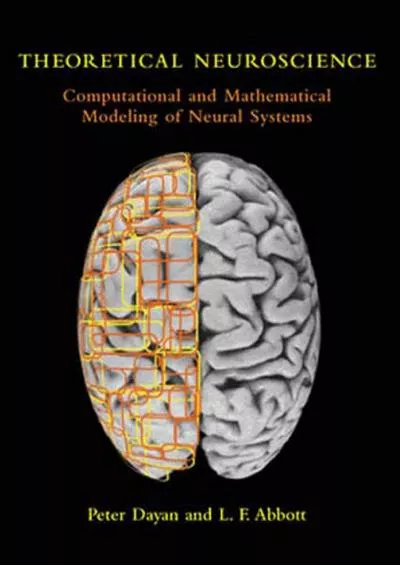PPT-Mathematical and Computational Analysis of Chomp
Author : celsa-spraggs | Published Date : 2018-10-25
Salvador Badillo Rios and Verenice Mojica Goal The goal of this research project was to provide an extended analysis of 2D Chomp using computational and mathematical
Presentation Embed Code
Download Presentation
Download Presentation The PPT/PDF document "Mathematical and Computational Analysis ..." is the property of its rightful owner. Permission is granted to download and print the materials on this website for personal, non-commercial use only, and to display it on your personal computer provided you do not modify the materials and that you retain all copyright notices contained in the materials. By downloading content from our website, you accept the terms of this agreement.
Mathematical and Computational Analysis of Chomp: Transcript
Download Rules Of Document
"Mathematical and Computational Analysis of Chomp"The content belongs to its owner. You may download and print it for personal use, without modification, and keep all copyright notices. By downloading, you agree to these terms.
Related Documents

